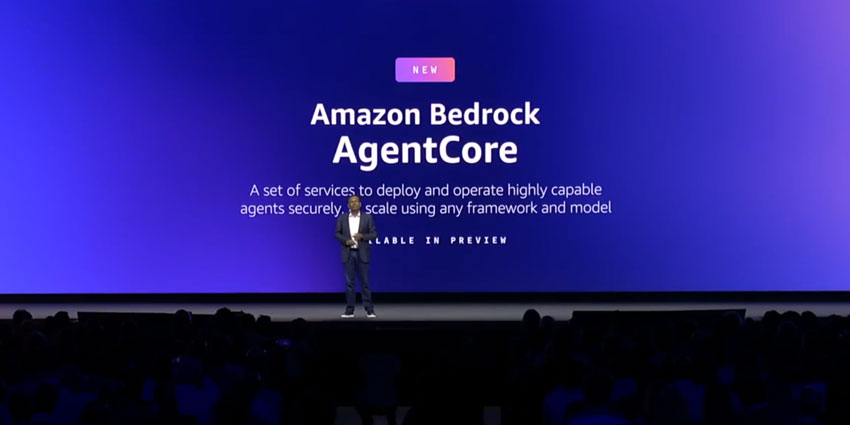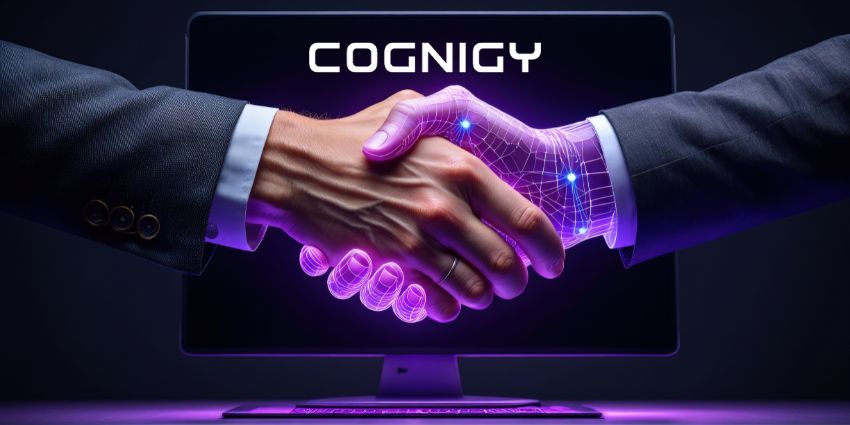Despite the rise of things like instant messaging and SMS, the world of communication hasn’t shifted entirely to the written word. While there are plenty of customers out there who might prefer to communicate with brands and friends through messages rather than face-to-face (or phone-to-phone) conversation, 92% of all customer and business interactions still happen through voice.
The simple truth is, while new methods and options for communication are emerging in the modern world – speech is still as important as ever. Perhaps more so now that we finally have the technology to help us dive deeper into the data that those voice conversations provide. The rise of things like artificial intelligence, machine learning, and speech analytics has opened up a new era for technology, where we can begin to understand what conversations between companies and customers really mean. Here are just a few of the things that we’re now doing with speech technologies.
Speech Technologies and the Battle Against Fraud
Fraud is one of the biggest and most worrying problems facing the call centre today. According to a blog by Pindrop – the speech security experts – we’ve reached a “peak” in our fraud journey, with countless people losing their data due to weak password protection, issues with verification and more. It’s no wonder that half of all Americans want a stronger tool for protecting their privacy, like speech recognition.
As fraudsters became more intelligent, biometric technology in the call centre environment evolved. Voice biometrics supports security by using something you “are” to identify you, rather than something you have – like a code or password. Of course, voice biometrics isn’t entirely infallible, but they do offer a new layer of security for companies who are willing to invest in this new technology.
Companies like Red Box Recorders, Tollring, and even Kakapo Systems are all experimenting with the opportunities that speech analytics can bring to the call centre experience. They’re looking at speech technologies for everything from security and fraud prevention to better customer service.
Voice Analytics and Improving Customer Experience
The Pindrop study mentioned above also suggests that voice analytics could be useful for more than just security – it’s valuable for improving the experience that your customers have with your company too. One of the biggest complaints that customers have about their call centre experience is that they have to go through various complex steps just to get an answer to their questions.
Dialpad, a pure-cloud communications provider, and other companies like it have begun to address this concept by combining real-time speech recognition with artificial intelligence. Dialpad recently purchased TalkIQ to help companies in their userbase capture and learn from the conversations they’re having – as they happen. This real-time approach to automatic speech recognition ensures that modern contact centres have the context they need to streamline and improve the call centre experience.
At the same time, it’s not just real-time speech data that helps companies to offer a better customer experience (CX), but historical information too. The easier it is for companies to record data, transcribe it with speech-to-text tools, and assess that information, the better their chance of delighting their customer.
It’s Not What You Say; It’s How You Say It
Finally, one of the most important evolutions in speech technology for the contact centre comes with the opportunity to go beyond simply the words that customers say and understand the emotions and sentiment in their voice. Although it’s safe to say that computers aren’t as adept with language as we are, they are getting progressively better at gathering sentiment data with natural language processing, and natural language understanding.
For instance, the “MetLife” empathy advisor designed by Cogito can detect signs of distress in a customer’s voice thanks to research funded by the Pentagon. This new technology was created to help veterans suffering from PTSD, after the department of defense paid for medical staff to interview patients with psychological issues and use that data to power a machine learning strategy.
The system can encourage agents to change their tone, listen for trends in the pattern of calls, and support agents during long or exhausting shifts. This ability to understand and respond to emotion will be critical for today’s call centres, which need to be able to understand what kind of impact they’re having on their customer’s perception of a brand. As the marketing director for Kakapo Systems says: “Every business is different.” Knowing how to respond to your customer’s needs through sentiment analysis could be the key to making your company shine.







